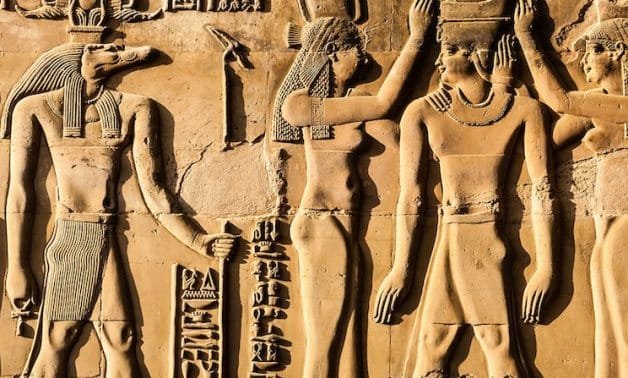Egypt’s political history spans thousands of years, marked by dramatic shifts from ancient monarchies to modern republics. The journey from Cleopatra’s reign to the Arab Spring is a tale of triumphs, struggles, and transformations, each shaping the country’s current political landscape. With a history rich in cultural and political significance, Egypt has seen foreign invasions, powerful dynasties, revolutionary movements, and the rise and fall of autocratic regimes.
The political evolution of Egypt reflects a broader story of resilience and adaptation, as its people have continually navigated challenges posed by external powers and internal divisions. From the Ptolemaic dynasty, which ended with the death of Cleopatra, to the modern-day republic, Egypt’s political narrative is a reflection of its deep-rooted heritage, geopolitical importance, and the relentless quest for sovereignty.
This journey through Egypt’s political evolution begins with the end of Cleopatra’s reign, moving through the centuries of foreign rule under Romans, Byzantines, and Arabs, followed by the Ottoman era. It continues through the British occupation, the emergence of nationalism, the 1952 revolution, and the shifts under Presidents Sadat and Mubarak. Finally, the 2011 Egyptian Revolution, part of the broader Arab Spring, epitomizes the people’s demand for change and democracy, setting the stage for Egypt’s contemporary political struggles.











